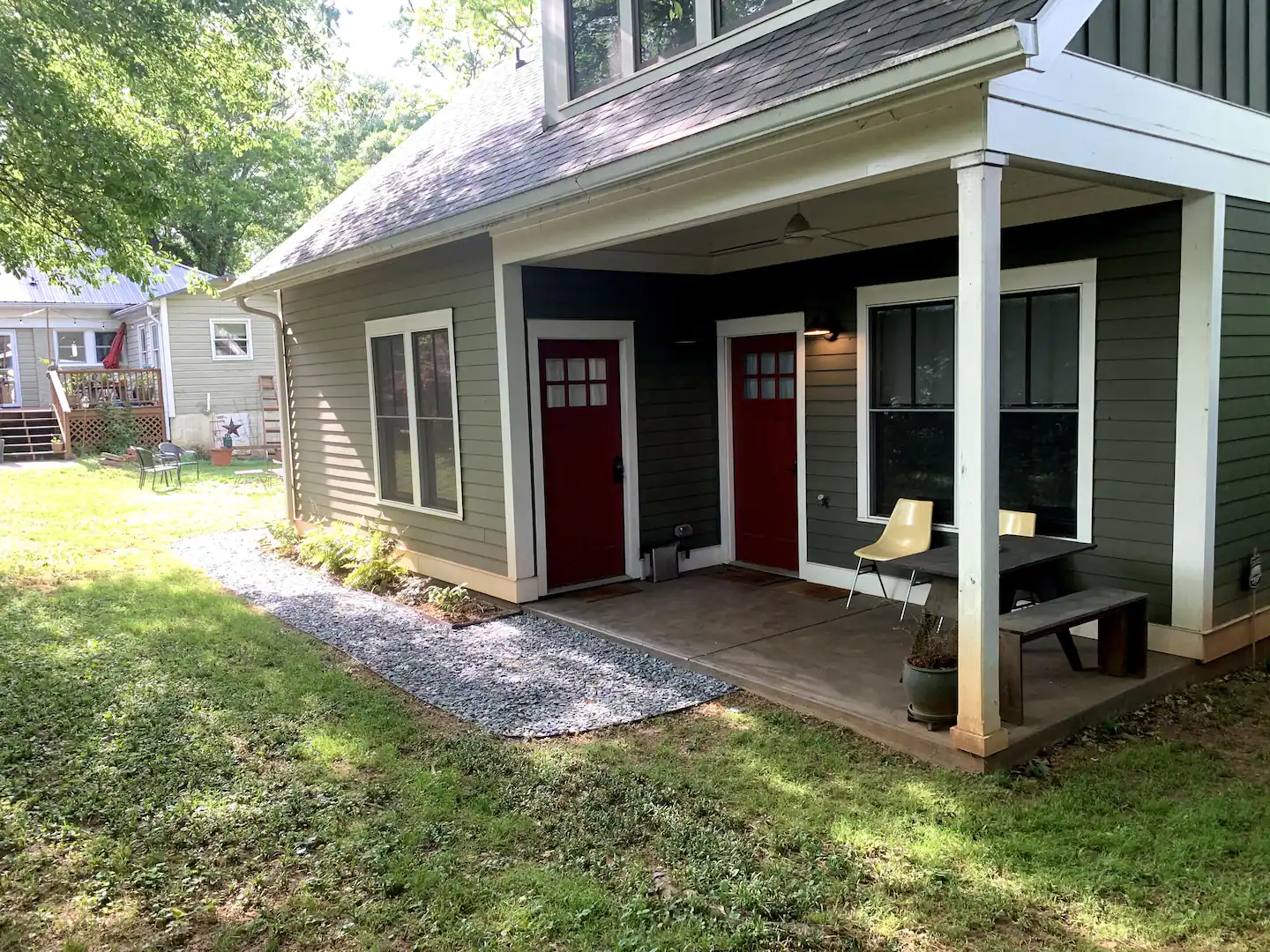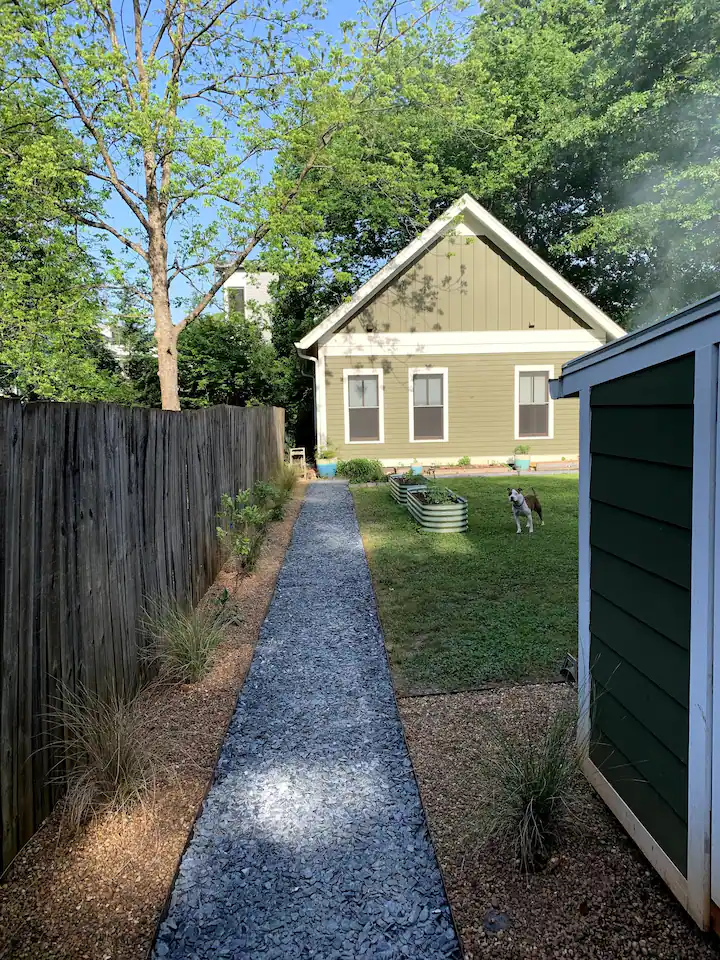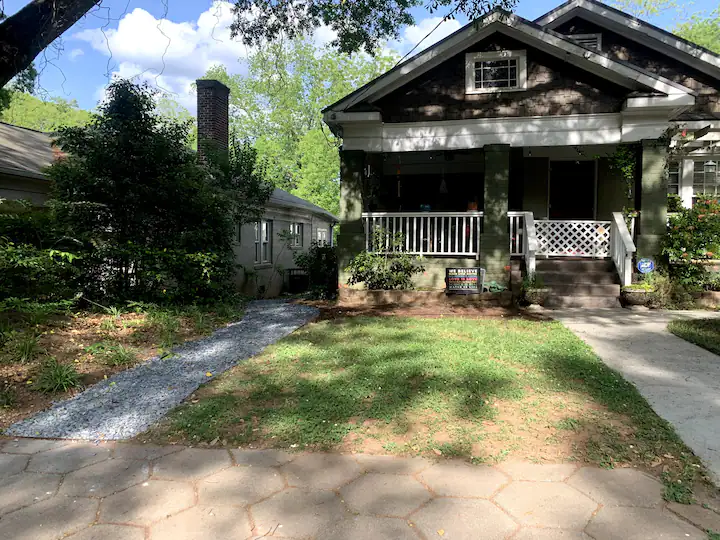Why Atlanta Is A Great City For ADUs
- David Melton
- Mar 1, 2023
- 3 min read
Updated: Jun 9, 2023
Accessory Dwelling Units, or ADUs, are becoming more popular every day in the U.S. The rise in ADUs stems from a range of benefits including an expanded living area, increased property value, and the creation of rental income, a home office, or multigenerational living. They are particularly popular in cities like Portland, Austin, and Los Angeles, where local governments have taken steps to make them easier to build. Atlanta, however, is catching up quickly and has its own unique characteristics, making it a perfect fit for Accessory Dwelling Units. Here are four reasons why Atlanta is a great city for ADUs!
1. DEEP LOTS
The deep, narrow lot sizes in Atlanta are tailor made for ADU’s. They provide plenty of space to build an accessory unit in the back of the lot, and still maintain a lawn, garden, or privacy fence between the primary and secondary home. From a development standpoint, one of the benefits of ADUs is that they boost housing supply without adversely affecting the scale of a neighborhood. Thanks to the narrow, deep lots and tree canopy, most Atlanta ADU’s are completely hidden from street view. No other form of urban infill can boast such a minimal impact to its surrounding area.
This deep lot in Reynoldstown provides a nice lawn/garden between the two units. Even with a bungalow home as the primary, you cannot see the 20' tall, 2bd / 2ba ADU from the street. Also, no trees were removed during this project.
2. ROOM TO GROW
Anyone who lives in Atlanta knows the traffic is…not great. And it’s easy to assume “too much traffic” means “too many people”, but that isn’t the case at all. Atlanta ranks 143rd in population density among U.S. cities (atlurbanist). That’s an incredibly low number of people per square mile for a major city. So, in reality, Atlanta needs more people, and has the space to support them. Intown growth will increase MARTA ridership, which increases funding for public transit expansion and decreases car dependence that creates traffic. And all those new people need housing. What better housing to support growth than ultra efficient, environmentally conscious, urban infill housing that requires no parking! Which brings us to reason number three…
Not only is there room to grow, but room to grow in very desirable neighborhoods. Behind this ADU is the heart of Virginia Highlands retail on North Highland Ave. Previously, this space was an unused gravel parking pad.
3. NO PARKING REQUIREMENTS
In the City of Atlanta, you do not need to designate a parking space for an ADU. Other municipalities around the country (and Metro Atlanta) require that “paved off-street parking shall be provided for one additional vehicle”. With lot coverage and setbacks to consider, coming up with space for paved off-street parking could be the difference in your ADU becoming a reality or not. Plus, in light of Reason #2, housing development in the city, that does not require parking, is a good thing, and does not exist in any other form outside of ADUs!
This unique Atlanta ADU is street facing on a corner lot. If off-street parking had been required, this project would not have been possible. Now Chosewood Park boasts a charming, one bedroom cottage that encourages less vehicle use.
4. COMMUNITY
Traditional, single family zoning regulations err on the side of uniformity, which can limit the character, scale, and number of units in our neighborhoods. ADU’s, however, help create, or maintain, a more diverse community, simply by adding more housing options. Legacy neighbors can remain in their home, or live in their ADU, as property taxes increase. Aging parents can live in the backyard with adequate care. Young, one to two family households can afford to live in a neighborhood that would otherwise price them out. No city is perfect, but Atlanta’s combination of a diverse community, inclusionary zoning efforts, and expanding ADU legislation, means it is shaping into a place we all want to live - one that is connected, diverse, and vibrant.
Multigenerational living is a great example of authentic community. This Grant Park ADU allows
for three generations to live on one lot, sharing life together.













Comments